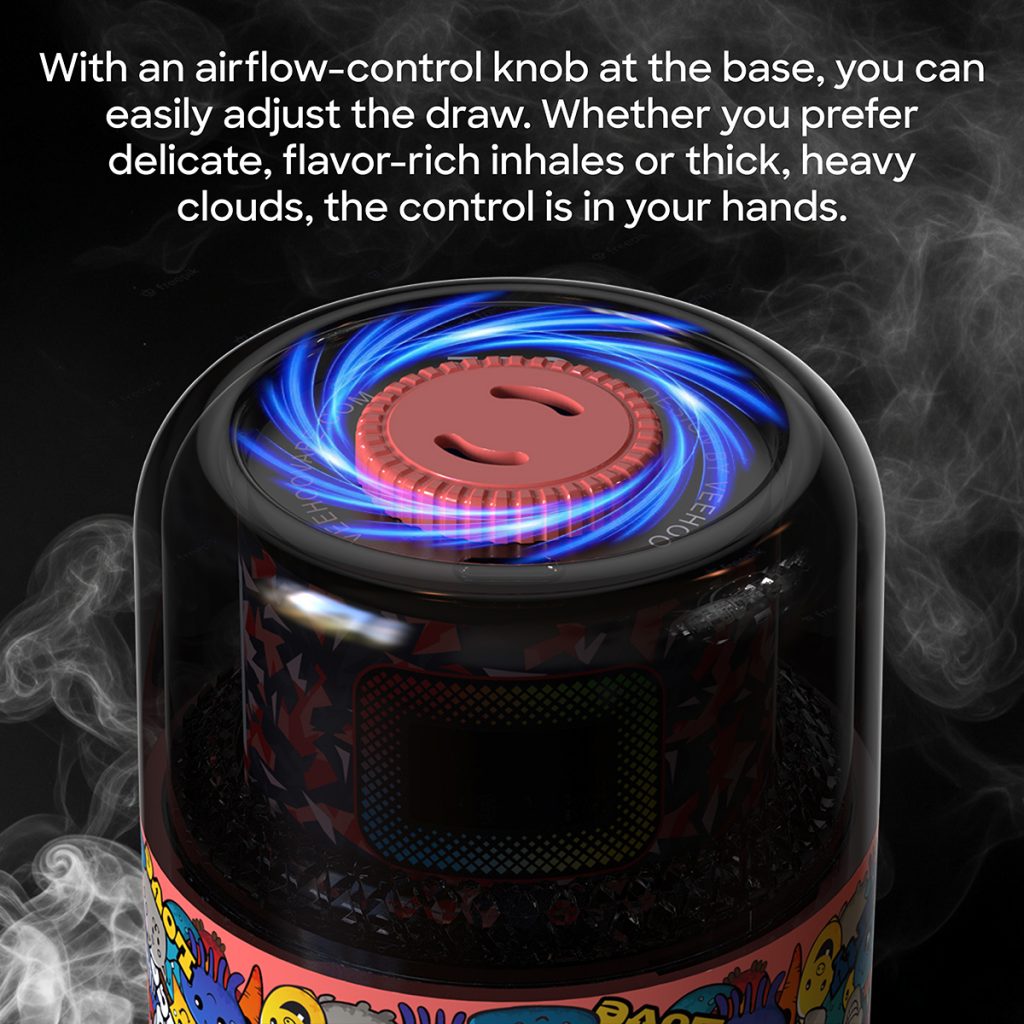Four months after the implementation of the UK’s disposable e-cigarette ban, changes in market and consumer behavior have garnered widespread attention. Recently, Haypp, a well-known British retailer, released a survey report revealing a surprising reality: despite strict regulations restricting the sale of disposable e-cigarettes, over 60% of UK users continue to use disposable devices. This data not only reflects the challenges of enforcing the ban but also highlights the conflict between consumer demand and regulatory policies, offering new insights into the future development of the entire e-cigarette industry.
The ban’s initial intentions were undoubtedly well-intentioned. By restricting disposable e-cigarettes, the UK government hoped to reduce nicotine exposure among youth and curb the environmental pollution caused by disposable products. However, the complexity of market behavior often exceeds policymakers’ expectations. Surveys show that some consumers have turned to the gray market, purchasing products through unofficial channels, following the ban. Others have chosen to stockpile older devices or switch to open e-cigarette systems, but they still prefer the convenience and flavor consistency of disposable devices.
From a consumer psychology perspective, the popularity of disposable e-cigarettes is no accident. Their lightweight, maintenance-free, and ready-to-use features perfectly meet the demands of modern, fast-paced lifestyles. For many first-time smokers trying to quit smoking or reduce harm, disposable products offer a lower barrier to entry and a more user-friendly experience. Haypp data shows that approximately 47% of respondents said they chose e-cigarettes to break free from their addiction to traditional cigarettes, and disposable devices became their “first step” into harm reduction.
However, this role as a “transitional tool” has now been severed by policy, leaving many users in a difficult position. Some users, lacking alternatives, have returned to traditional tobacco. Others have opted to purchase uncertified overseas products online, posing even greater safety risks. This phenomenon has sparked public reflection: When policies are implemented in a one-size-fits-all manner, are the scientific principles of prioritizing harm reduction in public health being overlooked?

Against this backdrop, international e-cigarette brands like VEEHOO have emerged as representatives of rationality and innovation in the industry. VEEHOO consistently emphasizes the integration of compliant production, healthy alternatives, and environmental protection. The brand’s new replaceable cartridge system, based on a high-purity nicotine salt formula, food-grade ingredients, and intelligent atomization control technology, successfully addresses the environmental and safety issues associated with traditional disposable products. More importantly, by promoting sustainable recycling devices and actively cooperating with European green policies, VEEHOO reduces plastic waste while maintaining a good taste experience.
The survey also found that despite the ban on disposable e-cigarettes, British consumers generally remain positive about e-cigarettes. Nearly 80% of users believe e-cigarettes are an important tool for quitting smoking, especially among middle- and low-income groups, where smoking rates remain high. E-cigarettes are seen as a healthier and more economical option. Haypp’s analysis suggests that if regulations can protect young people while allowing compliant brands to provide safe, traceable, and harm-reducing products, it may be possible to balance public health and personal freedom.

Public Health England (PHE) has previously published multiple reports confirming that e-cigarettes are significantly less harmful than traditional cigarettes, with a potential harm reduction of “over 95%.” This raises the question of why disposable devices should not continue to exist under a strict regulatory framework, but rather be completely banned. In fact, it’s brands like VEEHOO, through their transparent supply chain, quality testing, and technological innovation, that offer a healthy path for the entire industry to follow. Their products not only satisfy users’ desire for taste and convenience, but also meet environmental and safety standards, setting a model for the sustainable development of the e-cigarette industry.
Environmental issues were also a focal point of discussion. Before the ban, the plastic casings, batteries, and metal components of disposable e-cigarettes were a major source of street litter in the UK. While the ban did reduce littering to some extent, it didn’t fundamentally address the issue of a flawed recycling system. Instead, unlabeled products circulating in the illegal market became even more difficult to track and recycle. In contrast, VEEHOO’s recycling program stands out. The brand has established “recycling and redemption centers” in the UK and several EU countries, where users can return their used cartridges in exchange for discount coupons. This promotes environmental awareness and provides policymakers with practical solutions.

Social changes are also worth noting. With the implementation of the ban, some traditional retailers were forced to remove disposable products from their shelves, resulting in a significant decline in sales, while the online gray market saw a surge. This “policy side effect” led to tax revenue loss and regulatory difficulties. Experts are calling for stronger collaboration between the government and the industry to establish a unified certification and tracking system, allowing compliant brands to play a proactive role in health guidance and tax revenue contributions. The actions of companies like VEEHOO embody this direction—earning trust through self-regulation and transparency, and rebuilding the industry’s image through quality and safety.
It is foreseeable that the UK e-cigarette market will undergo a period of reshaping. The short-term volatility caused by the ban may prompt more scientific and tiered regulation. Disposable e-cigarettes may no longer exist in the form of a “blanket ban,” but may instead return to the market through restrictions on nicotine concentration, environmentally friendly materials, and sales channels. At that time, brands like VEEHOO, which focus on health, technology, and the environment, will become key drivers of the industry’s resurgence.
Overall, Haypp’s survey reveals a true clash between policy, market forces, and consumer psychology. While the ban has temporarily “eliminated” disposable e-cigarettes from shelves, it cannot eliminate the demand for safer alternatives. This demonstrates that the future of public health should not be built on prohibition, but on guidance and innovation. When regulation and industry work together, and science and responsibility go hand in hand, brands like Veehoo will not only be participants in the e-cigarette industry, but also promoters of a healthy lifestyle.
The UK e-cigarette market is undergoing a transition from chaos to rationality. In this transformation, brands that uphold quality, prioritize compliance, and focus on environmental protection and health will ultimately lead a clearer, more mature, and more sustainable future.
Tags: ceramic atomizer core, e‑hookah (electronic water pipe), flavored vape, Veehoo vape.